
For most women, pregnancy brings an array of different discomforts and problems that are related to the changes going on in the body. Sciatica is often seen in pregnant women, probably because of the pressure of the growing uterus that exerts on the sciatic nerve, which runs from the lower back to the legs. Of course, sciatica can also occur due to injury to this particular nerve.
For most women, sciatica is a recurring problem during pregnancy, even though there are those lucky ones who never get it or who only have it for a short while. Luckily, sciatica in pregnancy is not a serious health concern and it can be resolved or at least alleviated by following some simple tips.
Symptoms of sciatica in pregnancy
Sciatica symptoms in pregnant women are the same as in anyone else and they include discomfort, tingling, burning and pain in the legs and feet, burning sensation in the lower back and buttocks, needles and pins in that area, numbness of feet and legs and pain in the pelvic region. Obviously, sciatica is not the only cause of lower back pain. However, if the pain in the lower back extends to the buttocks and upper legs, combined with numbness, burning or tingling, it is almost certain it is sciatica.
Treatment for sciatica in pregnancy
Pregnant women who have sciatica problems are advised to see a physical therapist. The therapy may consist of massaging the affected area or the therapist may recommend exercises that will improve the condition. Chiropractic and acupuncture therapys also seem to be very helpful for many pregnant women who suffer from sciatica.
Epsom salt baths, wearing soft shoes, being physically active, avoiding heavy lifting, applying hot or cold compresses, sleeping sideways and using soft cushions for sitting or sleeping are also recommended for this problem.
As for the exercise, a good one involves sitting in a chair with the back straight, putting the left ankle on the right knee and bending forward for a few seconds before releasing. This should be repeated with the other leg as well. this improves hip flexibility and provides relief from sciatica.
Another exercise is to sit on the floor with feet touching each other with soles and then to try to push the knees towards the floor with the hands, as much as possible, but gently.
As for the leg pain, it helps to bend each leg sideways, one at a time, while keeping them two feet apart from each other.


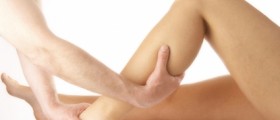



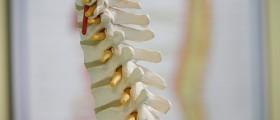

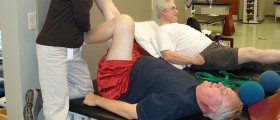

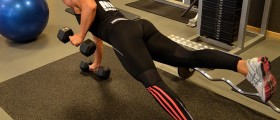

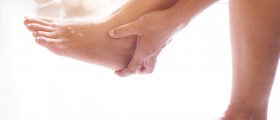


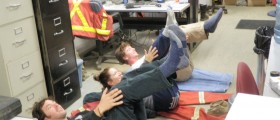

Your thoughts on this
Loading...